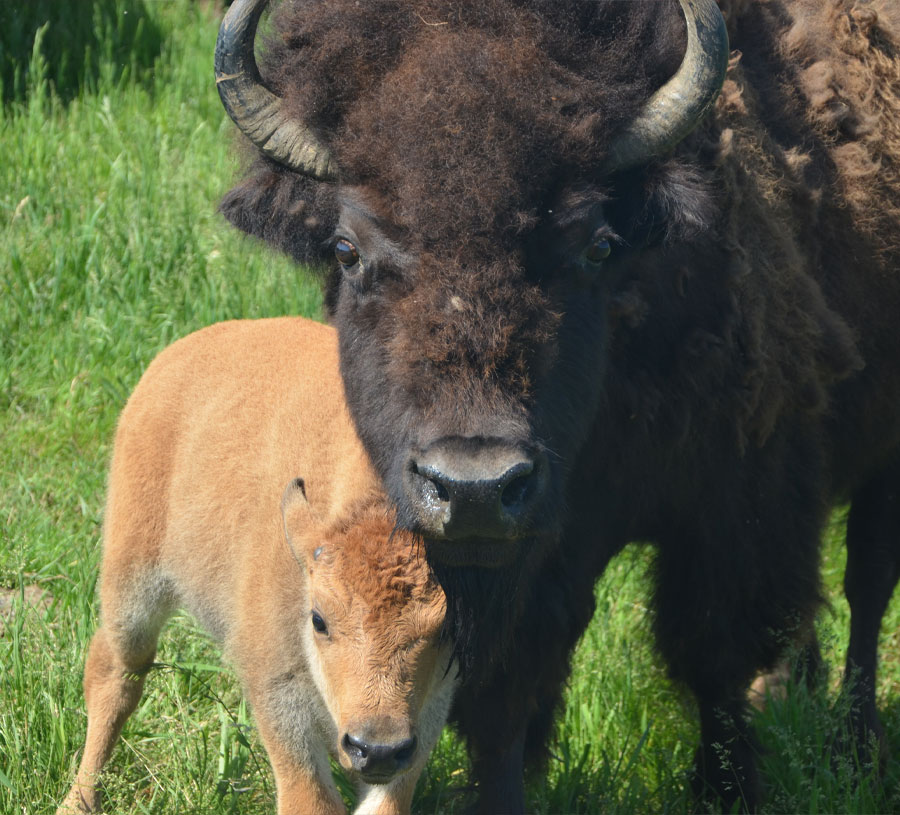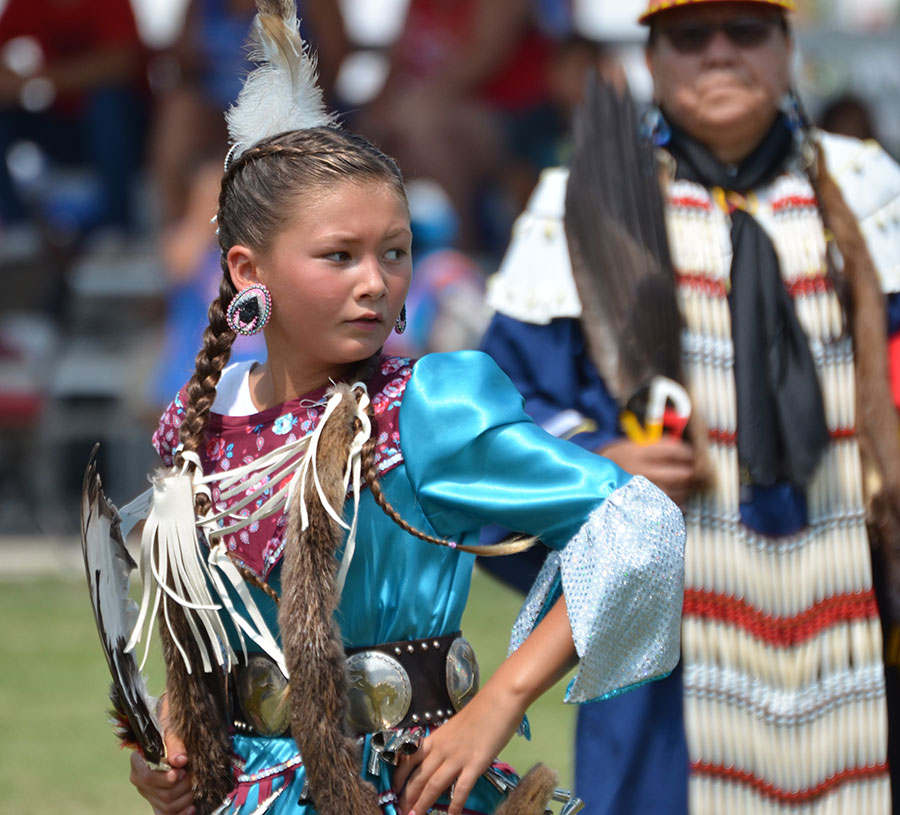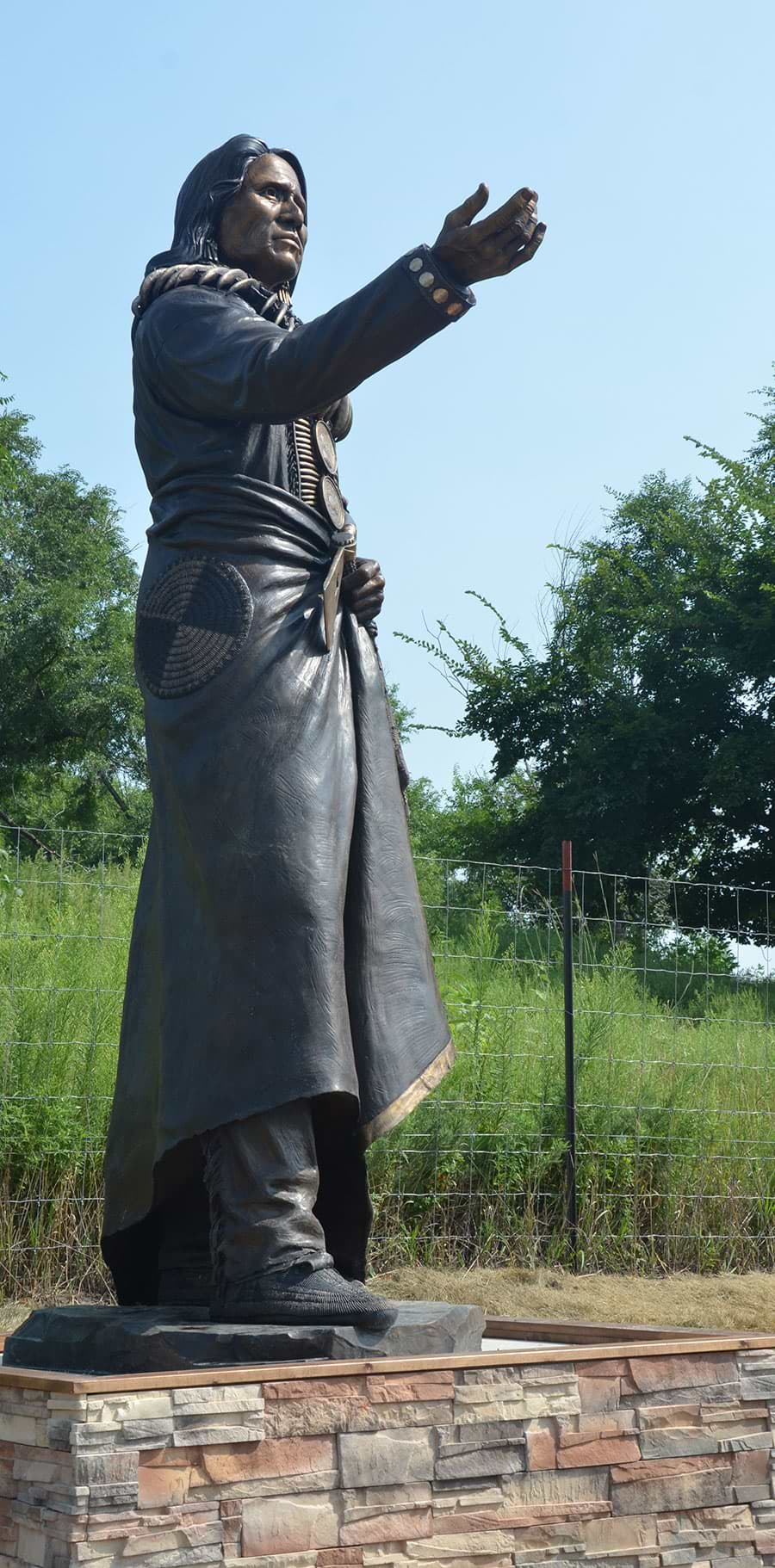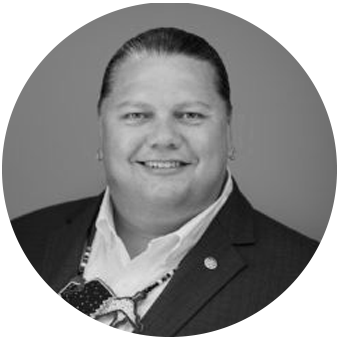hroughout our tribe’s storied past, our survival has depended on our ability to adapt and be resourceful. As times change, our approaches to how we live, work and communicate adapt to become ever more entwined with technology. I wouldn’t call myself an ordinary user of communication technology. I’d call myself and my community – the Ponca Tribe of Nebraska – extraordinary users of communication technology.
When it comes to technology-enabled communication of any variety, be it by video, phone, email or, increasingly, chat, the stakes are usually relatively low. At the least, it might be keeping an interpersonal relationship going with a distant friend. At the most, it might be contributing to a business team output, outcome or bottom line. Our stakes for communication, by contrast, are historically high.
Native American tribes have long struggled to maintain their identities, cultures, traditions and ways of life, and the Ponca Tribe of Nebraska is no exception. The existential threat to our very existence was real: My ancestors were forcibly removed from our homeland in the late 1800s; in 1966, we were altogether terminated as a tribe and stripped of all land holdings. Though restored as a federally recognized tribe in 1990, we were not allowed to reestablish a reservation. These combined events contributed to a catastrophic loss of tribal culture, language and sense of community.


Given that backdrop, our future critically depends on communication. Part of the preamble of the new Ponca Constitution states that “in order to restore, preserve and protect all rights aboriginally held by our people and their descendants…to conserve and perpetuate all worthy traditions and cultural elements of our people long established by custom…to promote educational opportunities for all Ponca people…[we] do ordain and establish this Constitution in accordance with our inherent sovereignty.”
Our organization serves more than 1,800 Ponca Tribe nation citizens dispersed throughout 15 counties across Nebraska, Iowa and South Dakota, and an additional 2,400 members scattered around the rest of the United States. Without a land-based reservation or any real gathering place, restoring, preserving and educating future generations on the nearly wiped-out elements of culture, tribal traditions and language remain both a top priority and a significant challenge.
While attending the National Indian Education Conference in Seattle in 2006, I learned how the Navajo Tribe used video communication to host, record and share a language program across their disparate communities, and I became curious to see if and how our tribe could emulate their innovation and leverage the same technology in parallel ways.
Our furthest tribal clusters are roughly 220 miles apart, and for 20 years members were driving three hours each way for planning, educational programs and events that only lasted a couple of hours. However, we weren’t about to let that obstacle stop us from strengthening our sense of community and carrying on with reclaiming and redefining our tribal identity. We had no idea whether investing in and committing to video communication would ultimately achieve our intangible goal of keeping Ponca Tribe culture alive, but it represented our best chance.
Since 2008, during my first term as chairman, we have relied on video as our predominant mode of communication. We have used Lifesize video communication for more than a decade to reinvigorate our sense of community, engage key tribal members and create that common place to gather, live and work by establishing a “virtual” homeland for our members.

With video meetings and participants now numbering in the hundreds, tribal members across our the country can engage and serve on committees and boards, fostering a sense of inclusion rather than isolation and proactive cultural preservation rather than desperation. Through those committees, we have strengthened our tribal government processes, worked on building a language education program, held cultural enrichment events and provided telehealth services to tribal members in rural areas. We have even connected and collaborated with the Ponca Tribe of Oklahoma via video and held virtual language summits where Ponca members from as far away as Wisconsin and Minnesota joined, learned and became better stewards of our culture. Because of video communication, our community is ever-expanding.
Although our use of video communication might be considered unique or even niche by the majority of businesses, governments and non-profit organizations, it has had an irreplaceable impact on rebuilding and sustaining a nearly nonexistent community and culture. Tribal meetings, trainings, language classes and multi-generational gatherings are recorded through Lifesize and streamed to promote transparency and overcome a vast geographical burden for our people that isn’t going away anytime soon. It’s surprising to some, but our tribal elders are honestly those who get most upset when our video communication isn’t available. We’ve all come to rely on it immensely.
With that, I’ll say Wi`Bthu Ho (thank you) for letting me share some of our story. It is my hope that other Native American tribes nationwide, as well as other cultural minority groups at risk of being societally diluted or disbanded altogether, will take a page from our still-being-written book, be inspired and understand that culture and community are worth pulling out all the stops to preserve. The complicated histories and remoteness that tribes must grabble with can make it challenging, but with a measure of ingenuity, experimentation, perseverance and the right communication technology partner, it’s an entirely achievable goal. Ponca Tribe culture is living proof.

Larry Wright Jr. is the current chairman and a citizen of the Ponca Tribe of Nebraska. As chairman, Wright oversees tribal operations and maintains fiduciary responsibility for more than $25 million of federal and state funding and grants allocated to the Tribe. He is also the area vice president for the NCAI Great Plains Region and a commissioner of the Nebraska Commission on Indian Affairs.
Wright is a former teacher in Lincoln Public Schools, general contracting business owner and infantry veteran with service in the United States Army National Guard. He earned his bachelor’s degree in social science from the University of Nebraska at Kearney and his master’s degree in historical studies from Nebraska Wesleyan University.
Larry Wright Jr. is the current chairman and a citizen of the Ponca Tribe of Nebraska. As chairman, Wright oversees tribal operations and maintains fiduciary responsibility for more than $25 million of federal and state funding and grants allocated to the Tribe. He is also the area vice president for the NCAI Great Plains Region and a commissioner of the Nebraska Commission on Indian Affairs.
Wright is a former teacher in Lincoln Public Schools, general contracting business owner and infantry veteran with service in the United States Army National Guard. He earned his bachelor’s degree in social science from the University of Nebraska at Kearney and his master’s degree in historical studies from Nebraska Wesleyan University.